“Time Transitions” emerges as a public installation unveiled during the second edition of the Sharjah Architecture Triennial, themed “Beauty of Impermanence: An Architecture of Adaptability,” under the curation of architect Tosin Oshinowo. Positioned at the entrance of the historic Al Jubail Vegetable Market in Sharjah, United Arab Emirates, this monumental 18-meter-high structure serves as an observatory, offering a glimpse into the waterfront vista from the old market.

Contextual Background
The old Al Jubail Vegetable Market, a relic of modern architecture in Sharjah erected in 1980, faced the looming threat of demolition despite its historical significance. Its successor, designed with artificial climate control systems, sparked a juxtaposition between traditional passive thermal conditioning principles and modern architectural interventions. The construction of the new market, situated across the street, involved extensive alterations to the landscape, including landfilling part of the waterfront, which distanced it from its predecessor.
Architectural Dialogue
“Time Transitions” engages in a visual dialogue between the old and the new, drawing parallels between the spatial transformations that have characterized Sharjah’s urban evolution. Inspired by ancient wind towers, traditional architectural features for cooling buildings, the installation symbolizes a rejuvenating breeze for the abandoned market. Its towering presence amidst lower-rise structures accentuates the old market’s imprint on the urban fabric.
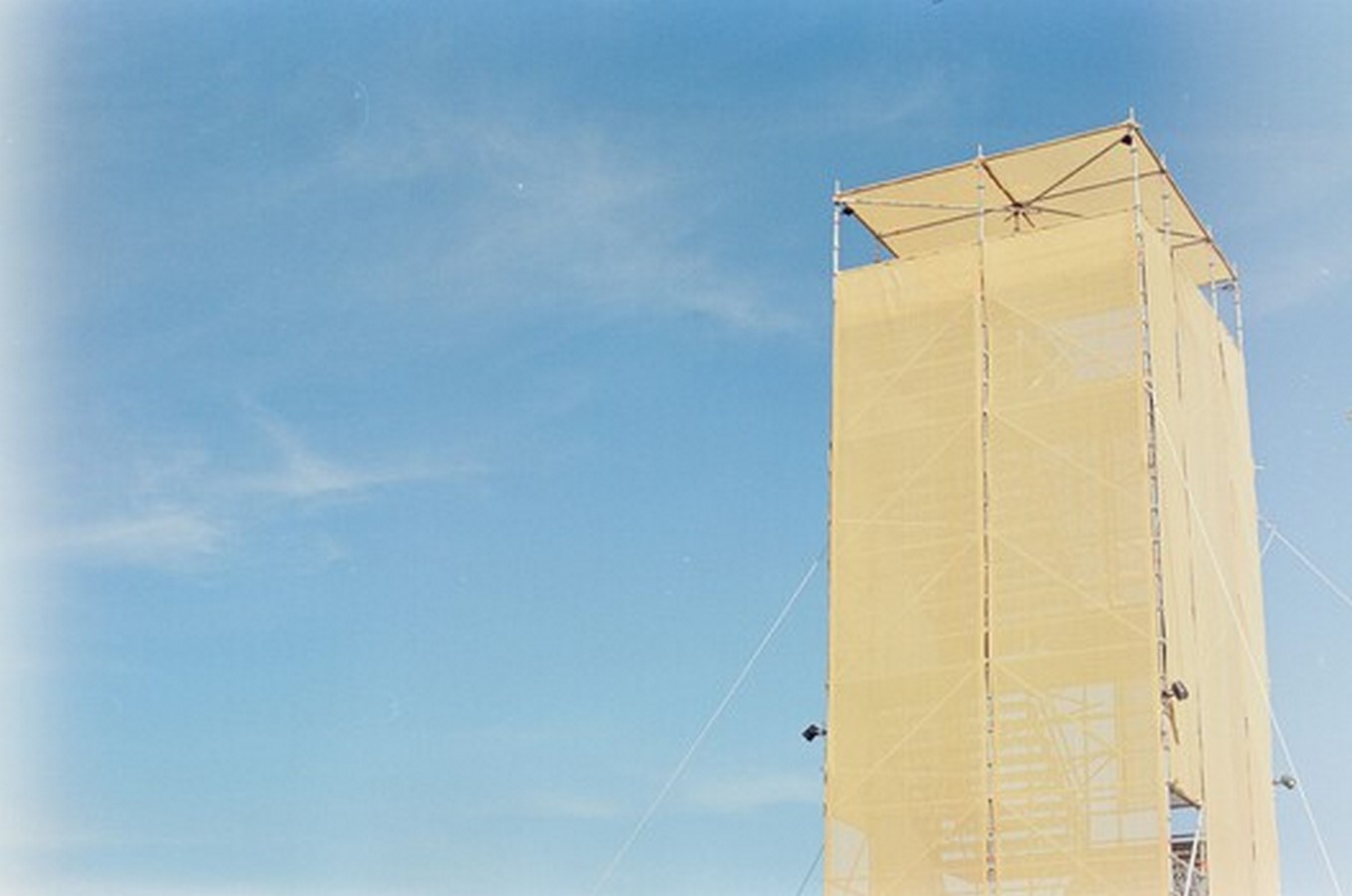
Sustainable Design Approach
Employing a scaffolding system for its construction, the installation embodies sustainability by facilitating swift assembly and disassembly while minimizing waste generation. Demolition debris finds new life as incorporated counterweights, serving as a poignant reminder of the architectural evolution. Illuminated at night, these blocks transform into archaeological relics, transcending linear time narratives.
Conceptual Exploration
“Time Transitions” serves as a catalyst for contemplation on impermanence and adaptation, advocating for regenerative architecture that honors cultural heritage and revitalizes neglected urban spaces. It prompts a reconsideration of architectural paradigms, emphasizing the significance of material and immaterial ruins in envisioning alternative futures amidst contemporary challenges.

Conclusion
As a testament to the intersection of history, architecture, and sustainability, “Time Transitions” invites viewers to reflect on the dynamic nature of urban landscapes and the potential for architectural interventions to bridge past, present, and future. In embracing impermanence, the installation propels discourse on resilience, cultural preservation, and the transformative power of design in shaping resilient cities.

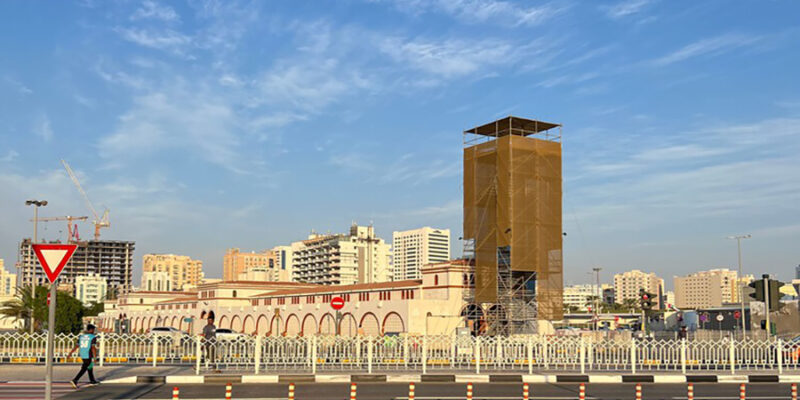




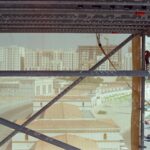
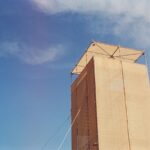
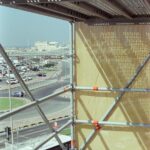
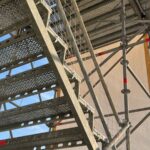
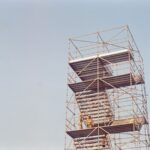
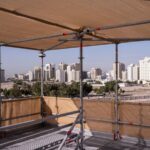
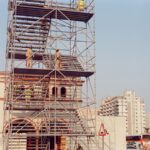



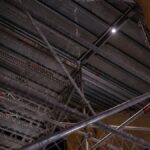
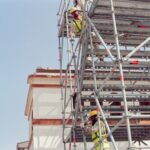
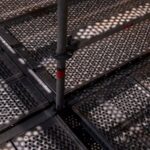
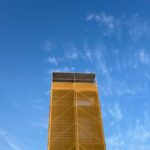


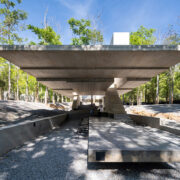
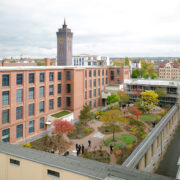
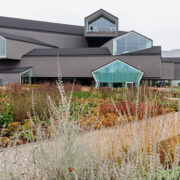

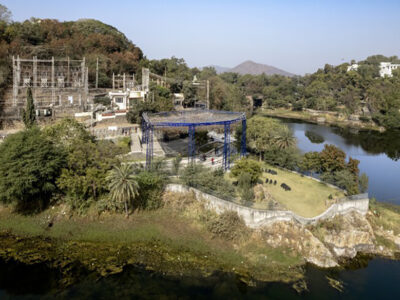
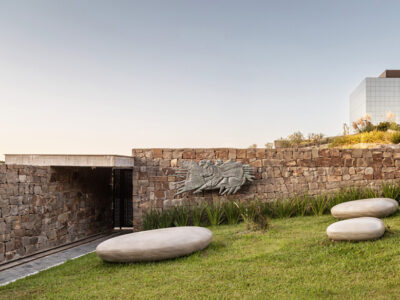

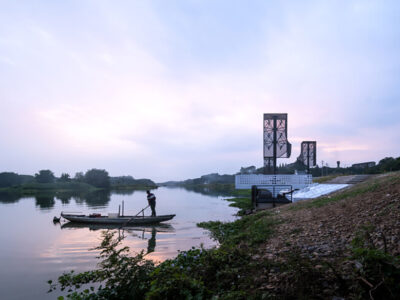
Comments